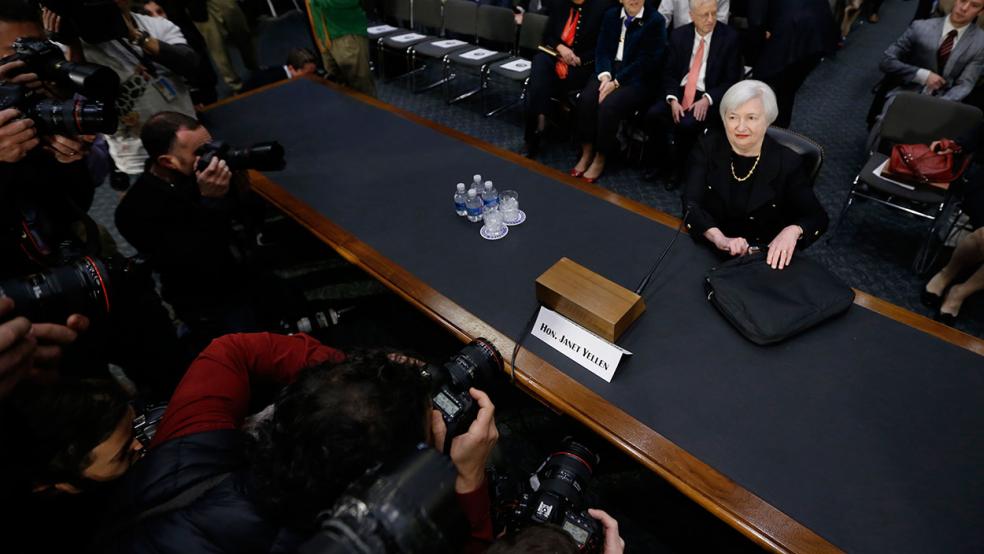The announcement Friday that Daniel Tarullo, one of the governors of the Federal Reserve, will be leaving the central bank in early April shines a light on how much immediate influence President Trump is going to be able to exert on the Fed within a relatively short time after he takes office.
The Fed’s governing board of seven members tends to turn over relatively slowly. Board members are appointed to 14-year terms, with only one expiration every two years, and only in even-numbered years. This typically means that a new administration may not have the opportunity to replace even a single member of the Fed board until the beginning of the second year of an administration.
Related: Trump the Populist Is Trying to Hobble a Champion of the Little Guy
Trump, however, took office with two empty seats on the board, and the announcement of Tarullo leaves him a third to fill. And while none of the four remaining board members’ terms will expire before 2020, he’ll also have the chance to make another important pick next year.
That’s because under the Fed’s rules, the powerful role of Board Chair is awarded on a four-year basis. Current chair Janet Yellen’s membership on the board doesn’t expire until 2024, but her tenure as chair will end in 2018 if she is not reappointed. Should Trump elect to tap a different Fed chair, it is possible that Yellen would retire from the central bank altogether. In theory at least, by this time next year, a majority of the members of the Fed board could be Trump appointees who would have to be confirmed by the Senate.
This is important for multiple reasons. The role of the Fed most familiar to the public is related to monetary policy. The Fed’s Open Market Committee meets several times a year to set the target for the Federal Funds Rate, which in turn affects the interest rates for everything from mortgages to credit card balances.
The members of the Board of Governors are permanent members of the FOMC, a panel that is fleshed out by a rotating cast of presidents from the twelve regional Federal Reserve Banks. The Governors, when all positions are filled, constitute a majority of the 12 voting members of the FOMC. The Fed Chair also chairs the FOMC and traditionally has considerable influence over the direction and pace of changes to interest rates.
Related: Americans Are Having Doubts About Trump’s Agenda: Poll
But the Fed’s role extends well beyond monetary policy into the regulation of the financial services industry. The central bank has oversight authority over most US banks -- and all major ones -- and is also charged with maintaining broader stability in the financial services marketplace.
Trump, who regularly attacked the financial services ties of his Democratic opponent Hillary Clinton during the presidential campaign, has nevertheless shown considerable deference to it in his appointment of cabinet members and close advisers.
The people he appoints to the Fed Board will have considerable influence over regulatory decisions, including how existing rules are enforced and how future rules are written.
This is particularly true with the departure of Tarullo. The Fed board has a position for a vice chair in charge of bank oversight, but it has gone unfilled for several years. Tarullo, who had a strong interest in regulation, became the central bank’s de facto chief regulator in recent years, picking up many of the responsibilities that would have gone to the vice chair.
Related: Why Trump’s Romance With Big Labor Is Headed for the Rocks
In fact, there is speculation that it was the prospect of having that portfolio effectively taken away from him by a new Trump appointee that led Tarullo to announce his departure.
Trump, still struggling to get his cabinet nominees confirmed, likely won’t make any moves with regard to Fed appointments in the immediate future. But within 12 months, the central bank of the most powerful economy in the world could have a very different look than it does today.





